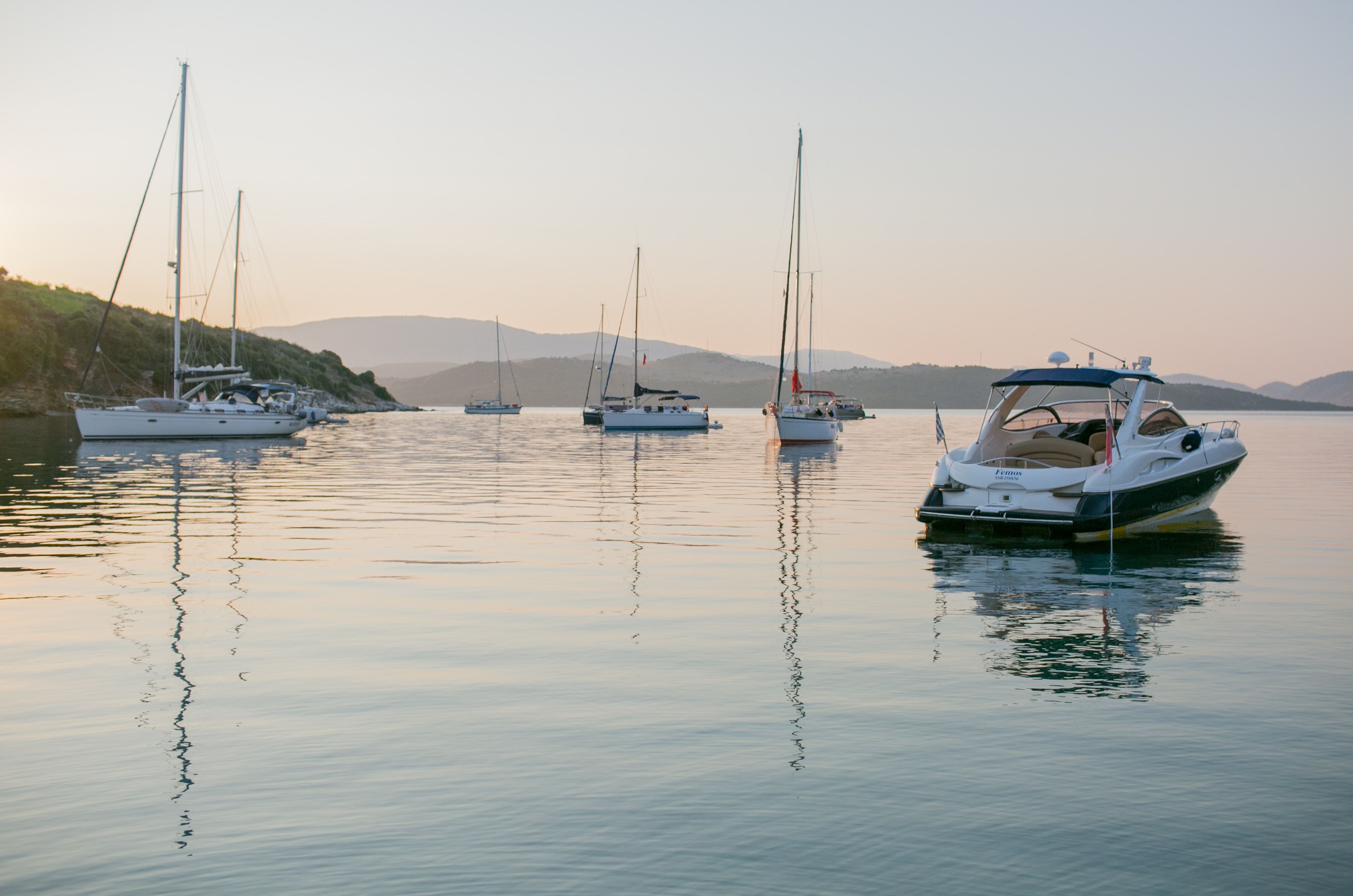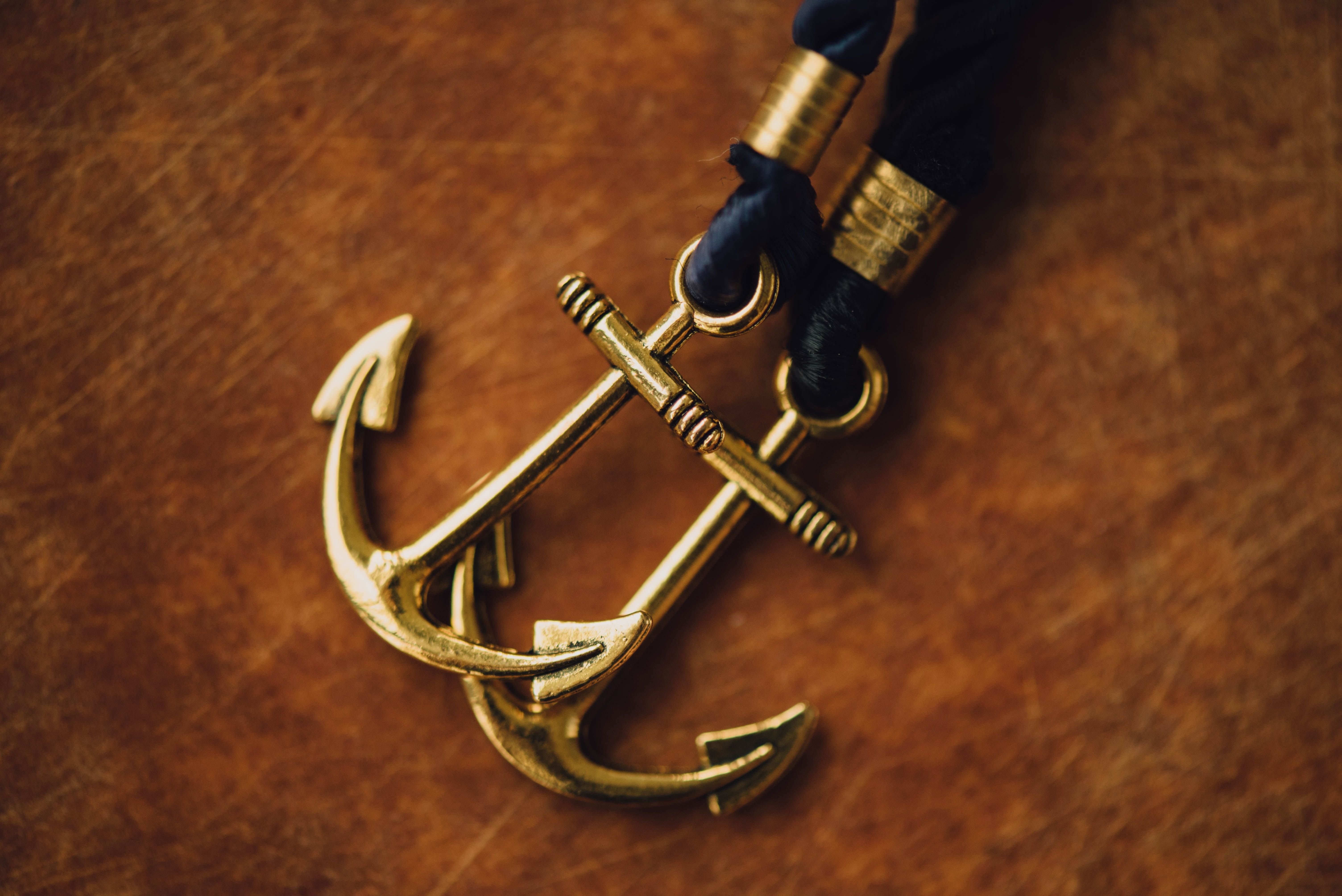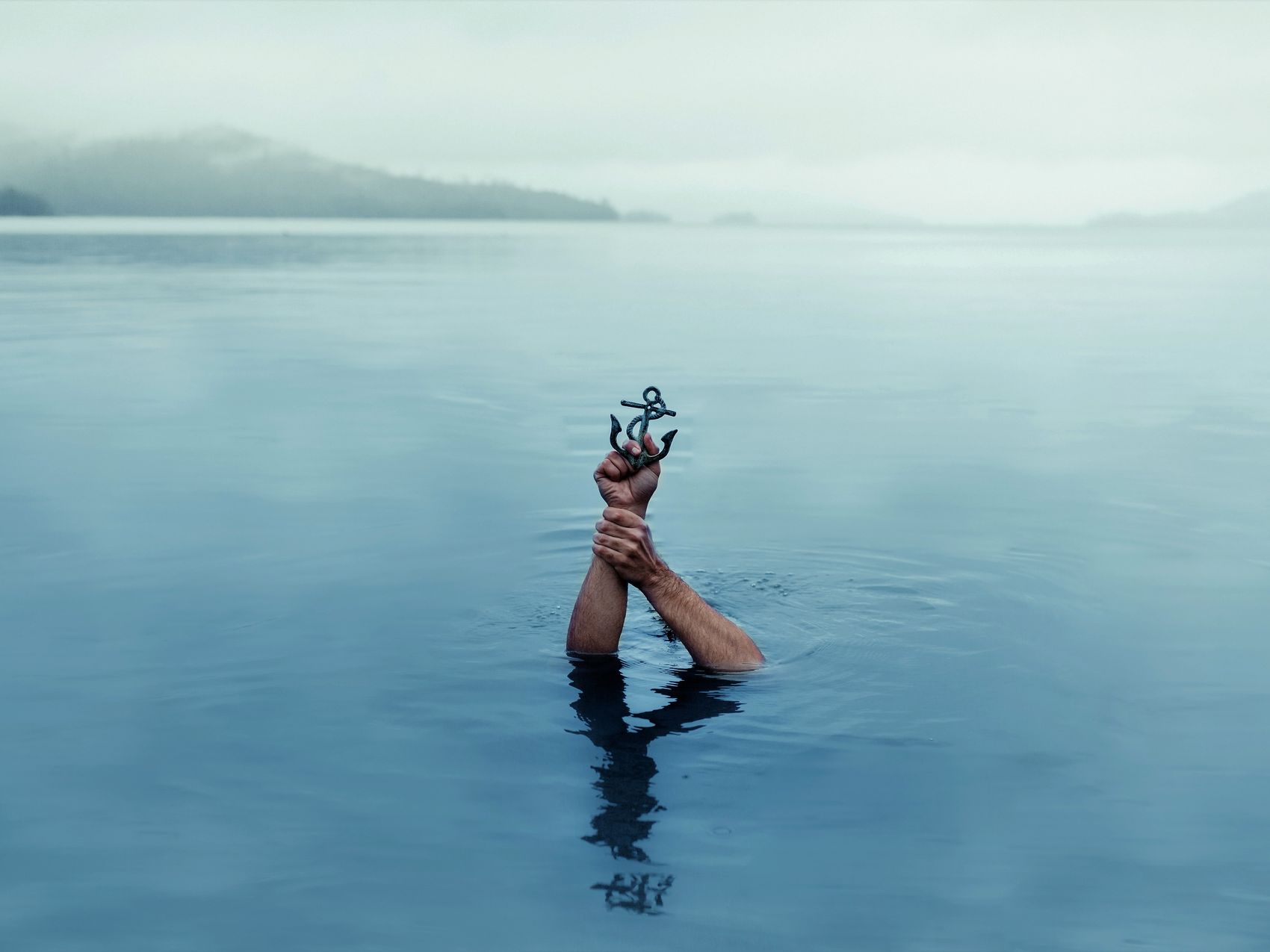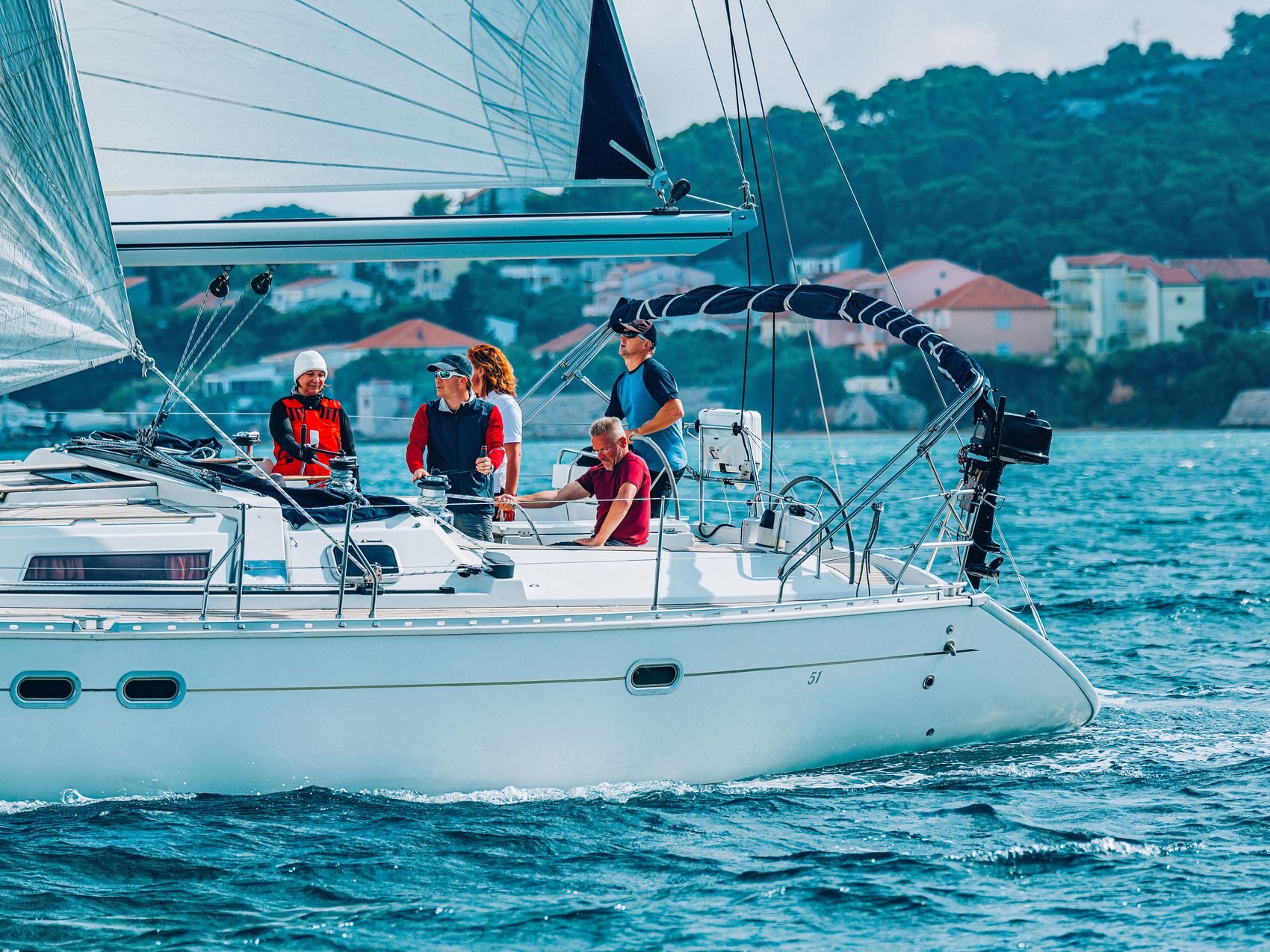Most of the accidents we deal with are linked to unstable anchoring. People think this is simple, yet problems can come quickly and unnoticed.
If you want to have confident nights waking up fresh and knowing you’ll be right where you expect to be when you wake up in the morning, this article is just right for you.
Anchoring Stress-Free with Jasmin Jaklin: Learn the Basics of Sailing!
1. Choosing the right place to anchor
Perhaps the most important of all. Sometimes you come to a bay or a port with an idea already in mind, but you decide to change it right after. Why do you think it is that?
Well, there is almost no perfect spot. Each anchorage is open and therefore vulnerable to a specific wind direction. Therefore, you need to know the forecast and find information about the potential anchorages (depth, bottom type).
Some anchorages have challenging bottoms. Knowing what to expect will help you to choose the right approach. For example, you might do fine in places with poor holding or in otherwise vulnerable areas in pleasant weather conditions.
And yes, the sea tide! Especially in areas with significant tides (luckily not in Croatia), make sure you know the lowest and highest tide levels and that you will still be floating even on a low one.
2. Look around you. Can you see how the other boats are anchored?
This could be a challenging part, especially in crowded places. Your position on an anchor will change over time and others. You might have seen it already in busy ports of Hvar or Rogoznica during the summer months that all boats change positions almost simultaneously as the wind changes.
Don’t forget that boats that are hooked to a mooring will rotate differently, as well as the ones using two anchors, one at the stern and one at the bow.
Are you in a false circle? When parking your boat on the sea or in a busy port, it is essential to make sure you are within a safe zone, also so-called false space. For example, imagine your boat can move in both directions, driven by a stream or a wind. Ensure no other objects within this circle, other anchored boats, shallow spots or buoys.
There is a common practice that the length of your chain should be around 5x the sea depth. So, if the sea is 3 meters deep, you should drop about 15 meters of your chain. If you use rope instead of the chain, the distance should be 7x the sea depth. But why do you think it is that?
Some people believe that a chain will add some weight, and your anchor will hold better. Well, not true! An anchor functions by digging in while it’s being pulled along. When increasing the distance of the chain, you lower the angle and have a better chance that the anchor will hold to the seabed.
Unfortunately, this is not always possible, and in crowded places, you might need to go lower than this. The absolute minimum ratio is 3:1.

Source: Pexels
3. Using two anchors
There are times when you might need to use the second anchor. For example, extreme wind or a current might put a lot of pressure on a single anchor, making your boat vulnerable. There are many ways to use the second anchor.
You might drop an anchor on a second rope from the bow at an angle of 25 degrees so your boat can stay with a bow in a windward position.
There is also impressive practice by dropping the second anchor on the same anchoring rope, acting as a tandem with the big main anchor and providing a counterweight, especially during intense winds. Drop the second anchor around 8 meters behind the main anchor.
There might also be an occasion where there is no space, and you must fix your boat, reducing any movements to a minimum. You might consider fixing your boat ashore.
Always make sure the main anchor is fixed first and is held well at a good angle.

4. Testing the anchor
How do you know that you will hold still?
Once the rode is laid out correctly, tie off rope rode or attach a chain hook to the chain (you don’t want to pull directly on the windlass).
The person at the bow should signal to the skipper to slowly start to bring up the power in reverse. This needs to be a slow process as you want the anchor to orient itself and get a grip on the seabed.
You can look sideways to find a “range:” two objects, one close and one far, which will show if the boat is moving backwards.
You can now apply more power and watch the range closely. As the power increases to full reverse, you should feel the chain vibrating a bit. It should then stop and hold still.
Apply full power for 15 seconds and after you test that you’re well attached, gradually let off the power.
Choosing the right anchor is essential if you want to anchor like a professional. Materials, shapes, and uses are always important to consider.
We recommend one timeless rule - try your anchor before jumping into the water or going to the coast.
A quick tip at the end: When your boat has an electric anchor winch, be careful when using it as it consumes a lot of electricity. Many crews could not start their engine because their previous attempts lifting the anchor exhausted all their batteries.
If you are looking for other helpful tips for your sailing adventure, check our other articles:
What to take onboard? List of things you should check before your sailing holiday
First night sailing: How to prepare? → Sailing at night – How to prepare?
What to be aware of during a charter check-in
Sailors' Nightmare – What Causes Storms?
Deposit insurance: 3 things to look out for
Top 5 things to check when chartering a boat
Sailing trip essentials - What to pack on your next boat trip?
Do you want your sailing trip to be more environmentally friendly? These tips may be useful for you as well:
Top 10 ways to be an eco-friendly sailor
Eco-friendly marinas: how to choose? These six tips will help you



